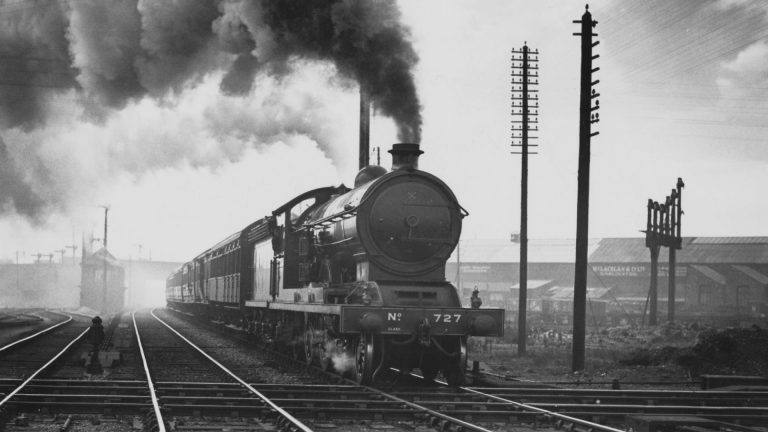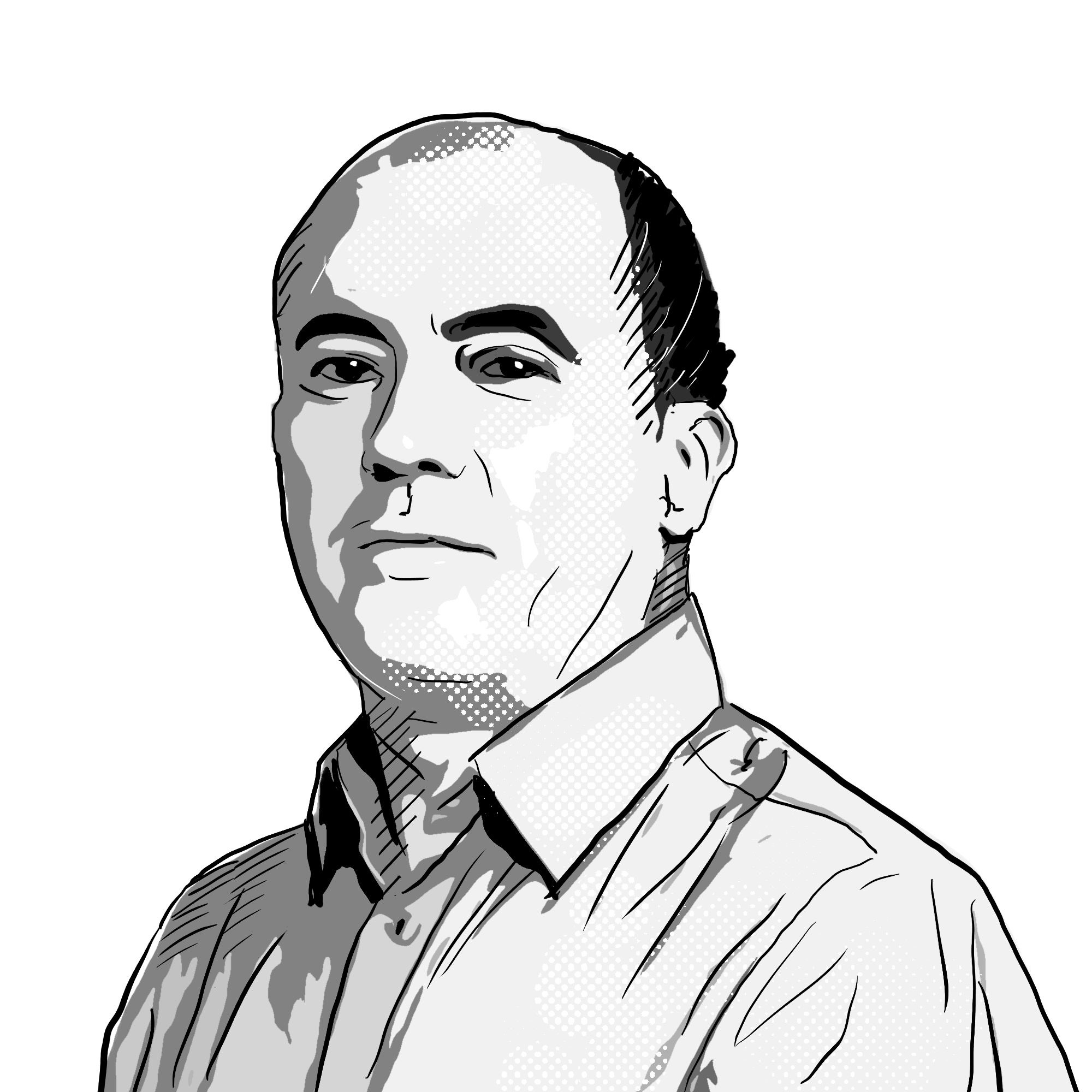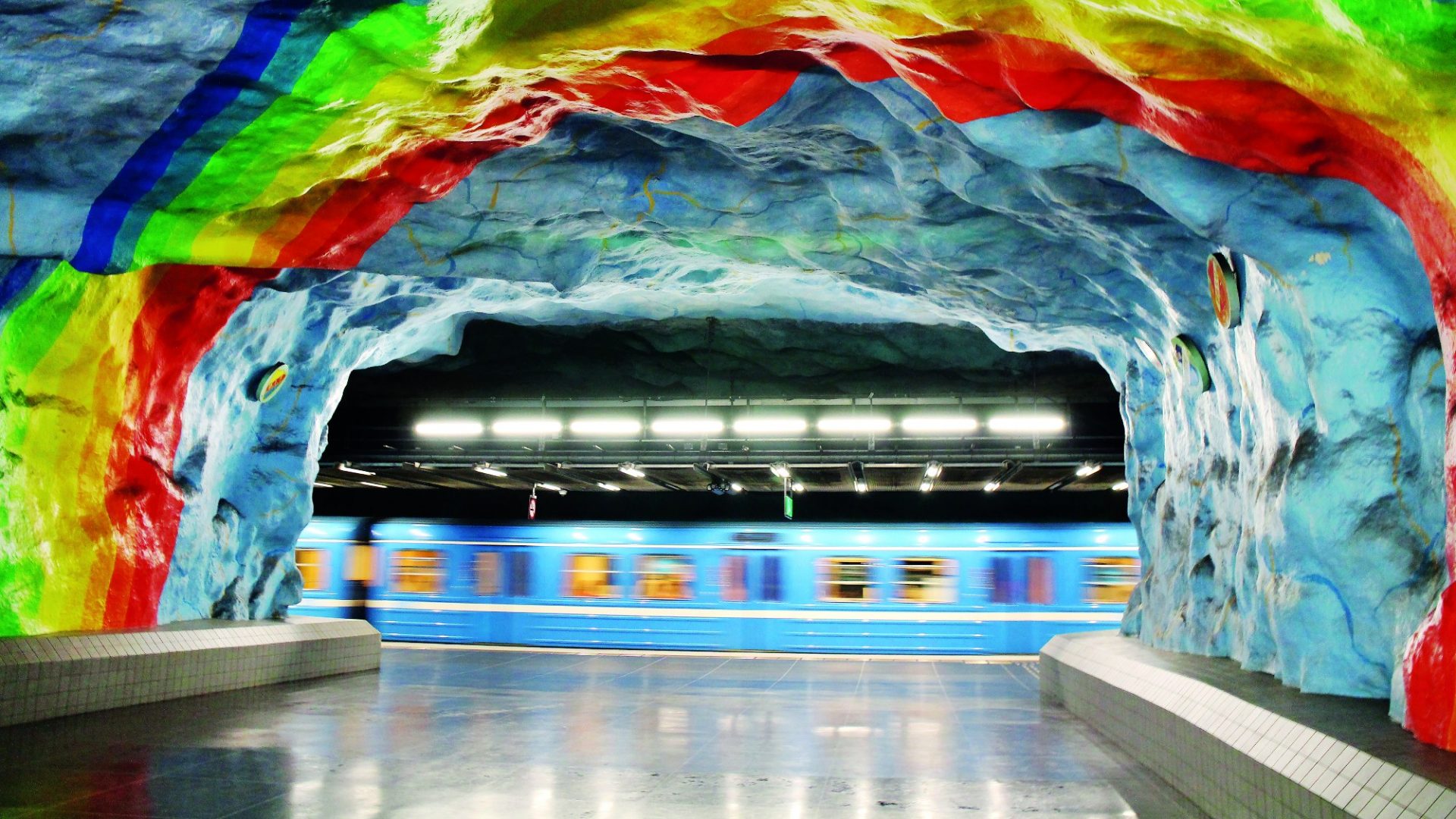A few years before Vladimir Putin’s first invasion of Ukraine, I went to the wrong places in Moscow. Too many bars with prices for oligarchs, too many restaurants full of businessmen sitting too close to women young enough to be their granddaughters.
Two things enlivened this generally joyless experience. First, the tour guide who told us that in Soviet days, Peter the Great was known as Peter with the Long Arms (“at school we were taught this was because his reach enveloped the whole of Russia, but then they dug up his remains and it turned out he just had really long arms”). Second, a day on the magnificent Moscow metro system, with its ornate classical arcades and lavish Stalinist murals.
The second invasion of Ukraine means the Moscow underground is the only one of the 22 metro systems covered in his book, Transit Tourism, that David Seltzer has not ridden on. The Philadelphian is an unashamed subway geek who revels in their history, their branding and the often remarkable design of their stations, treasure lurking just below ground.
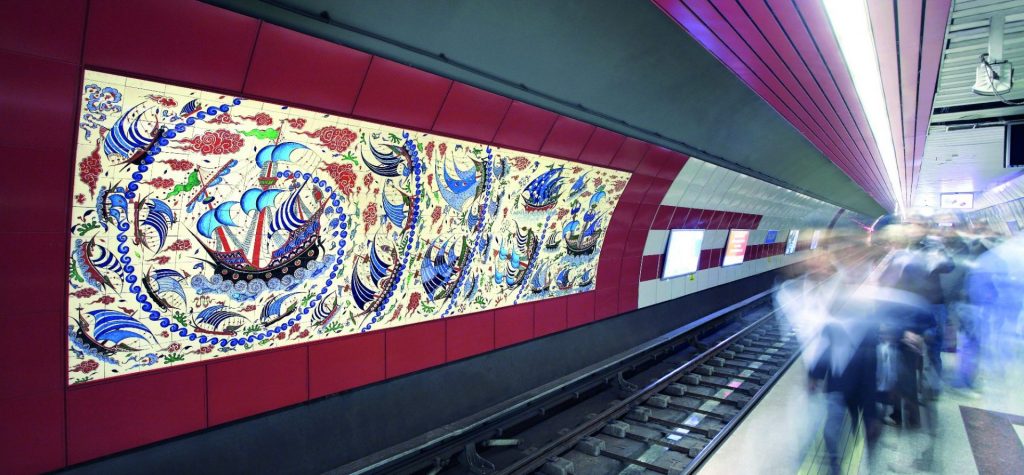
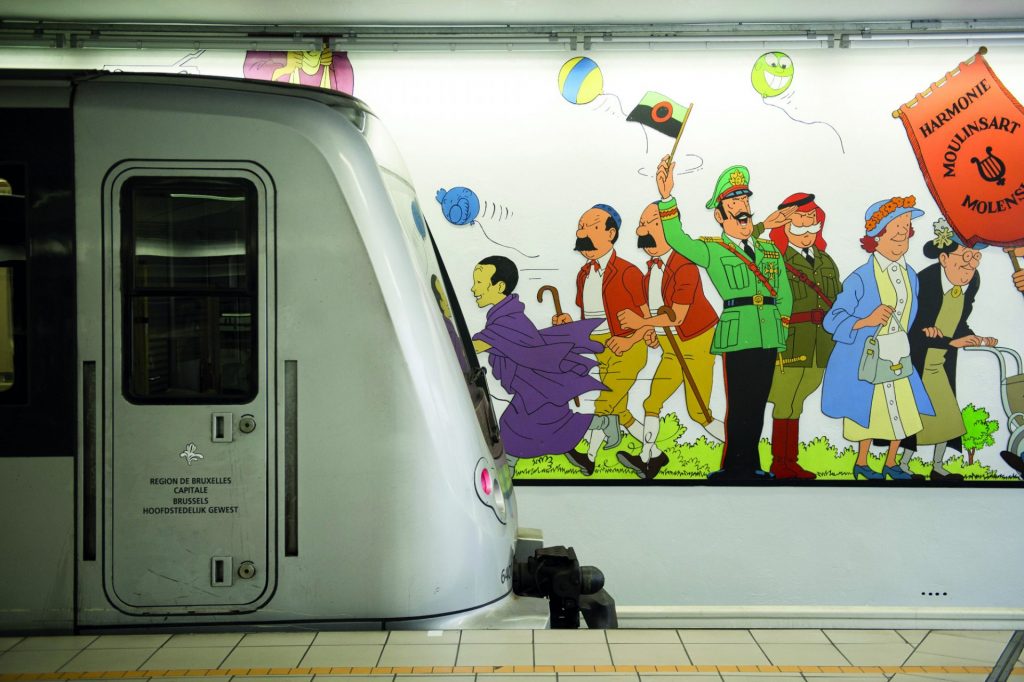


Seltzer owns 500 books on the subject and has toured nearly 50 metro systems. His lifetime obsession was forged, he thinks, by schoolboy journeys across his home city, the Broad Street subway and Bridge Line taking him across the water as far as New Jersey.
The ones not to miss, he says, include “Stockholm and its cave stations and Naples and its art stations. Toledo, in Naples, was ranked the No 1 subway station in Europe out of over 3,000. Then there is Brussels, for its clever integration of architecture and art installations.” The best systems are like “the world’s longest art galleries… showing commuters provocative contemporary artwork in spectacular stations – something they might not otherwise be inclined to seek out in a museum.”
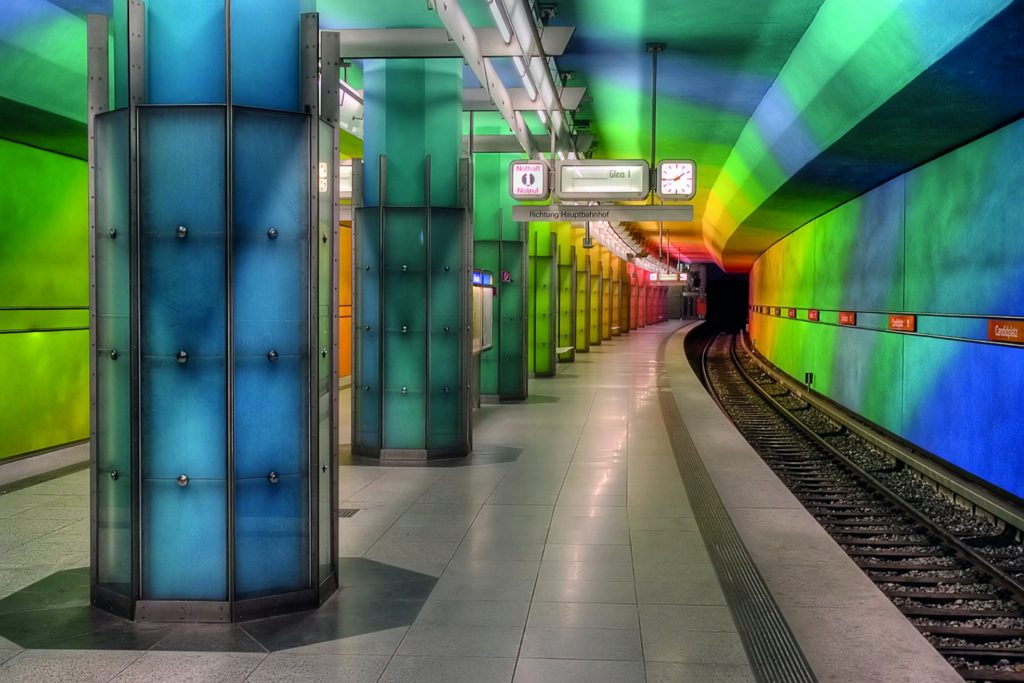
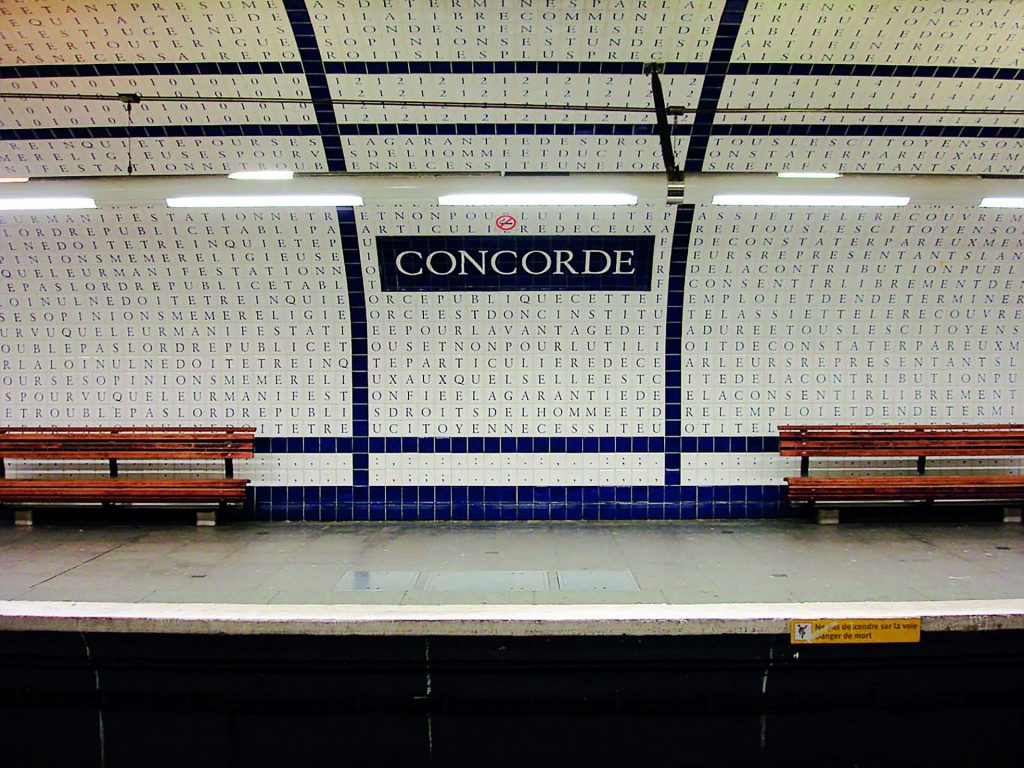
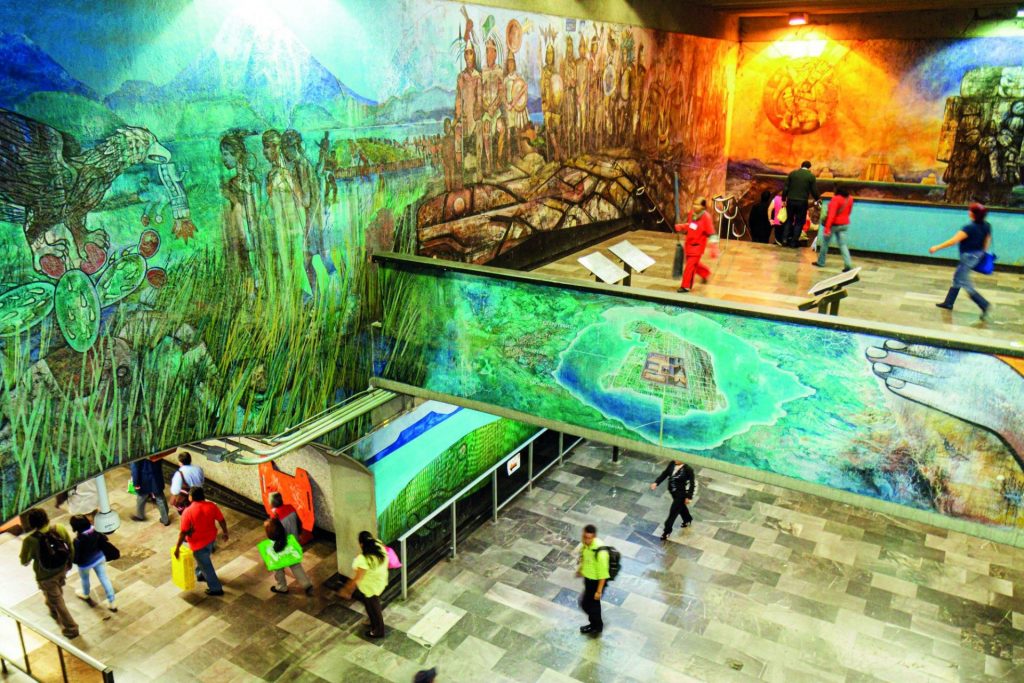

Though star architects like Norman Foster, Zaha Hadid, Tadao Ando and Santiago Calatrava have pushed design forward, Seltzer notes a depressing trend: “Regrettably, most of the newer systems are being built with platform screen doors which block the view, so the architecture really doesn’t come through as much.” You might as well, he says, be waiting in an elevator lobby.
Meanwhile, Seltzer is planning to ride the relatively new Doha and Dubai metros next year, “and I plan to ride Cairo’s, so that I can add Africa to the other five continents”. And while Russia’s capital is still out of reach, there may be an alternative. “Pyongyang’s idiosyncratic metro,” he tells me, “has absolutely over-the-top patriotic murals.”
Transit Tourism by David Seltzer is published by Schiffer
Suggested Reading
